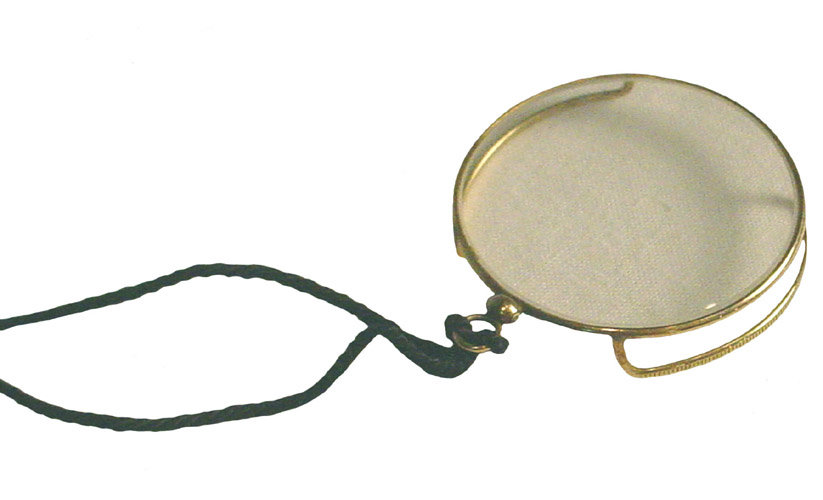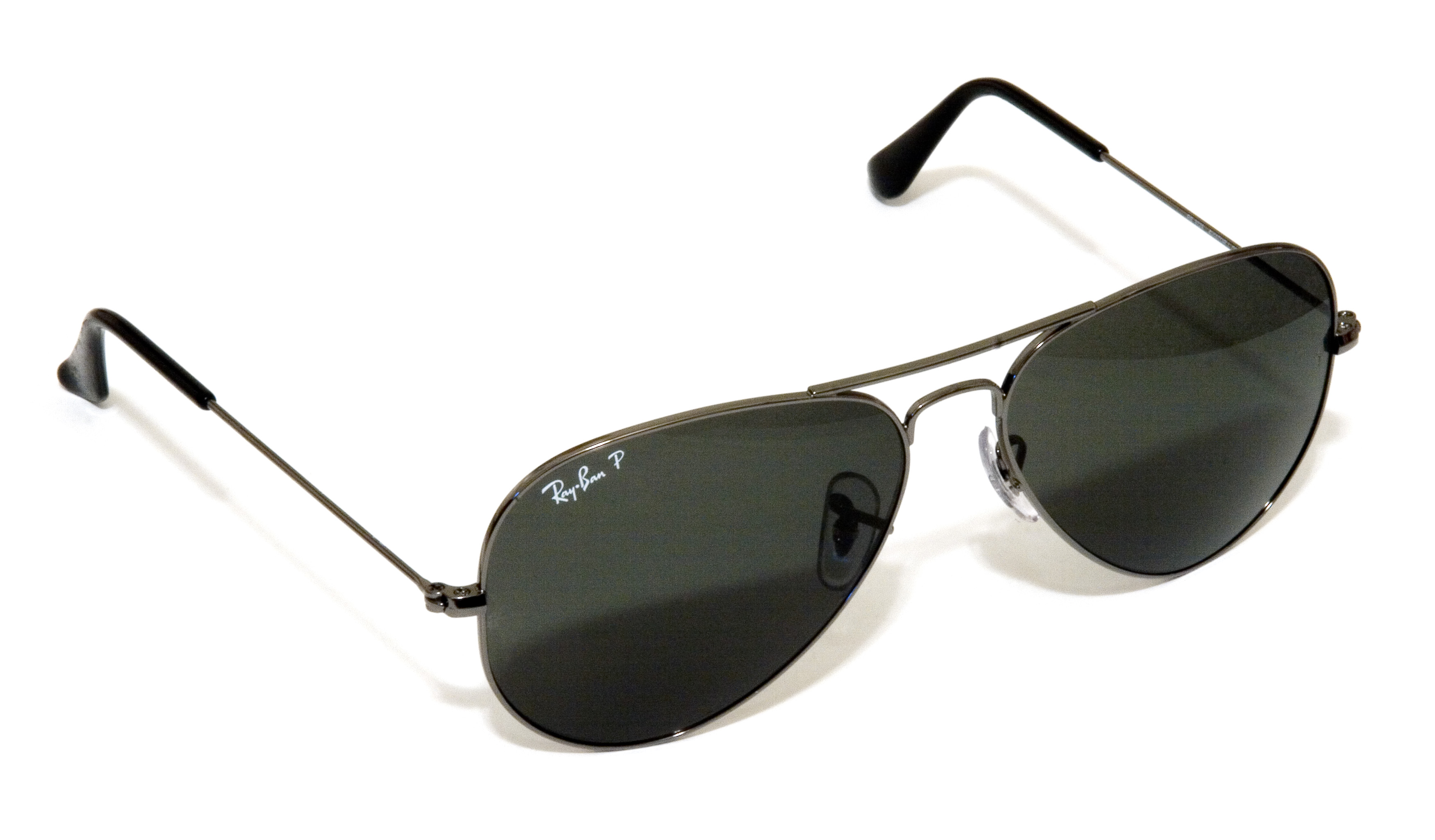During the Australia Day Long Weekend (Australia Day is the 26th of January for those who don’t know), I headed up to the country for the annual Fryerstown Antiques Fair. A three-day antiques fair which takes place in the tiny hamlet of Fryerstown, which is virtually in the middle of nowhere. Been going there for a few years, now. And I’ve always found something nice whenever I go.
Last year it was a Singer Puzzle Box. The year before that, it was a clothes valet. This year, it was this:

The Little Black Box
I purchased this rather battered-looking writing-slope for what I consider to be a very good price, considering the fact that it was missing almost everything that made purchasing something like this worthwhile. But I considered it a good purchase because it was a style of writing-slope or writing-box which I did not yet own. And I decided that it would make a good restoration-project.
At any rate, I purchased the box and brought it home. I cleaned the leather with beeswax and scrubbed off all the grime. I opened the box and cleaned out the interior. The box came without inkwells, or key. The owner had no information on it other than that he’d purchased it at auction and kept it at home, half-opened, as a display-piece, until he decided that since he didn’t use it, he may as well just get rid of it for a low price. That’s where I came in!
Restoring the Writing Slope
The box is beautiful and more-or-less structurally sound, but it suffered from a number of issues.
– It had no inkwells.
– It had no key.
– The antique ‘Russia Leather’ covering was dry and filthy.
– The lining of black, textured paper was peeling away, and was too brittle to glue back down (so I removed it).
– The base of the box was structurally unsound. It was starting to crack and part. So I needed to reinforce it.
The first step in restoring the box to full functionality was fixing this whole issue with the inkwells. This was going to be a bloody nightmare. Antique writing-slope inkwells are damn near impossible to find, they’re expensive to buy, and they’re even MORE expensive to import from Europe. And what’s worse – this box needed TWO such inkwells!
Knowing my chances to finding two identical glass antique inkwells that precisely fitted the slots inside the box were very, very slim, I looked for suitable alternatives, and found one in small, 18ml flattop medicine-jars used for ointments, and which had tight-sealing metal lids with foam washers inside to prevent leaks. They fitted ideally into the slots, and were exactly the right height so that the box would always close securely. Wonderful!
To cover up the original brand-name on the bottle-lids, I glued on circles of red velvet. To make the bottles easier to pull out and unscrew for use, I put cut slits in the velvet and threaded some yellow ribbon through to act as little handles.

The two new inkwells in their slots
In case anyone else is restoring a writing-box like this and is struggling to find inkwells – I used 18ml ‘Tiger Balm’ jars. They’re little hexagonal glass jars with flat, brass screw-on lids. They were the perfect size. The closest thing I was likely to get, barring the purchase of actual inkwells.
To be clear, you CAN purchase reproduction glass and brass-topped, screw-down inkwells for writing-slopes. But they’re prohibitively expensive. For me, it would’ve cost at least the price I paid for the box, and more. I wasn’t willing or able to spend that kind of money on it.
After finding appropriate inkwell substitutes, the next step was to reinforce the base of the box. It was originally covered in a simple, paper backing, and this had peeled right off. The wood underneath had also started to split and part company from the rest of the box, to the extent that you could feel the wood moving when you picked up the box.
To fix this, I put on sheets of adhesive foam padding. The foam would be thicker than paper, and last longer than felt (which is what most vintage boxes were covered with, on their bases). The foam bottom would allow the box to be slid around smoothly, and not catch or scratch anything if it was moved around on a table or other smooth surface.
The next step in restoring the box was to put in a new lining.
Re-lining the Interior
The original lining of the box was black, textured paper. It was peeling right off and bubbling up, coming away from the wooden surface of the box. The original glue had long since dried out. Gluing the paper back down was not an option because of how fragile it was. It would simply crumble and crack into dust. It was only the layer of glue that held it together. I found out how weak it was when I tried vacuuming out the dust and it peeled right off.

The original black paper lining. You can see where it’s peeling away and bubbling up
I removed the original black paper and decided to line the box with red velvet. To make it easier, I used thin cardboard to cut out simple templates which I then glued onto sheets of velvet. Doing this means that the velvet can be placed more precisely and more neatly, into the interior of the writing-slope.
After gluing the cardboard templates to the velvet sheeting, I cut the velvet out, tracing around the cardboard backings. Then I glued the card and the velvet into the box, and then simply dropped in the velvet base, without gluing it to the floor of the box (it seemed pointless anyway – it’s not going anywhere!) I know for a fact that writing slopes were lined in velvet, so I felt that this was an entirely appropriate choice for a period-accurate restoration-material. The enormous quantity of velvet fabric which I had, originally came from a shop that sold huge rolls of curtaining-material!
Cleaning the Leather Exterior
Cleaning the exterior on this box was tricky. It’s covered in ‘Russia Leather’, that is to say, leather that’s been treated with oil from the birch tree after the original tanning process. It’s called ‘Russia Leather’ because this method of leather-treatment was developed in Russia. Treating the leather thus made it impervious to insect attack, rot, and also rendered it waterproof. An ideal material with which to cover a wooden box which would be transported all over the place.
But that was 130+ years ago. In that time the leather has become caked in dust and grime and has dried up. To prevent it peeling and cracking, I rubbed and scrubbed the whole surface over with dubbin (standard beeswax polish) to clean and soften the leather. This isn’t an easy or quick process. Dubbin is laid on, rubbed in, then wiped or brushed off and then the whole thing is rubbed over again. This moistens the leather and removes the grime at the same time. But it takes a while! The result, however, is that the leather will continue to endure
Filling out the Box
Having cleaned the box inside and out, having re-lined the interior and having found inkwells for it, my next step was to try and fill out the box with appropriate accessories which might’ve been found inside it during the heyday of its use. This was both easy and not so easy.
Some things are easier to find than others. Notepaper, envelopes and such, are easy to find. So are dip-pens, pencils, pen-holders, ink for the inkwells etc. The harder items to find were things like the ivory utensils that likely comprised part of this box’s equipment when it was new.

All kitted out. Pencil, pen, inkwells, an ivory page-turner and other stuff which isn’t visible
It took considerable searching and luck, but in the end, I did manage to find an authentic Victorian page-turner made of ivory, to put into the box’s front slot. I also included stuff like spare nibs, sealing-wax, a seal, and a bone-folder to finish off the look.
The last thing to do was to find a key for the box. This was essential, as the box would be impossible to carry without a key. After a trip to the local flea-market and considerable testing and measuring, I was able to find a key that operated the lock smoothly and easily.

The key is tied to the box by yellow ribbon, to prevent it being lost
How long did this whole process take?
From the day I bought the box until the day I found the final piece (the key), it was all over and done with, in about two weeks.
Not bad as far as time goes.



 …to reveal more stuff on the other side:
…to reveal more stuff on the other side:  Here we have even more of the box’s original bits and pieces. I believe most of these to be crochet tools. We have yarn in a variety of colours and various hooks and picks, together with hole-punchers, a file, and a paper-knife or letter-opener. They’re all made of ivory. Between the legs of the pop-up stand is a beautiful, red silk interior, for storing stuff like the needle-case, the pin-cushion and other stuff…
Here we have even more of the box’s original bits and pieces. I believe most of these to be crochet tools. We have yarn in a variety of colours and various hooks and picks, together with hole-punchers, a file, and a paper-knife or letter-opener. They’re all made of ivory. Between the legs of the pop-up stand is a beautiful, red silk interior, for storing stuff like the needle-case, the pin-cushion and other stuff…  The little bundle of sticks up the back are actually tiny, tiny, tiny pencils. I’ve no idea what they’re for. They came with the box. Here’s a closeup of all the cute things inside the box:
The little bundle of sticks up the back are actually tiny, tiny, tiny pencils. I’ve no idea what they’re for. They came with the box. Here’s a closeup of all the cute things inside the box:



 …after that, I cut out two pieces of wood. One to support the inkwell, and the original storage-compartment-inkwell divider, and the other to act as the base for the storage-compartment, and the false-bottom, and lid for the secret compartment, underneath. The finished product looks like this:
…after that, I cut out two pieces of wood. One to support the inkwell, and the original storage-compartment-inkwell divider, and the other to act as the base for the storage-compartment, and the false-bottom, and lid for the secret compartment, underneath. The finished product looks like this:

 And here’s what it looks like with everything in place:
And here’s what it looks like with everything in place:









 Five bobbins in their holder, all in a neat little row!
Five bobbins in their holder, all in a neat little row!











